
This page is intended for persons over 18 years of age only

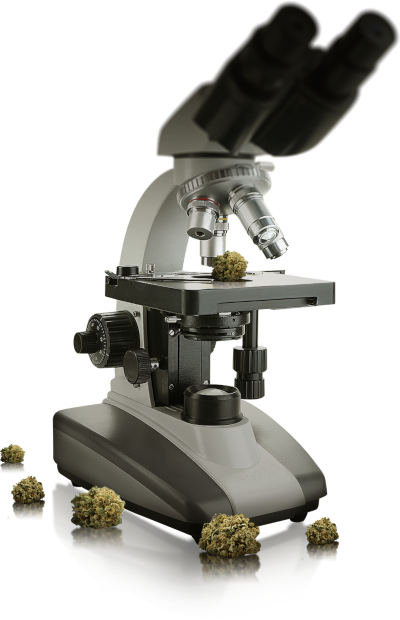
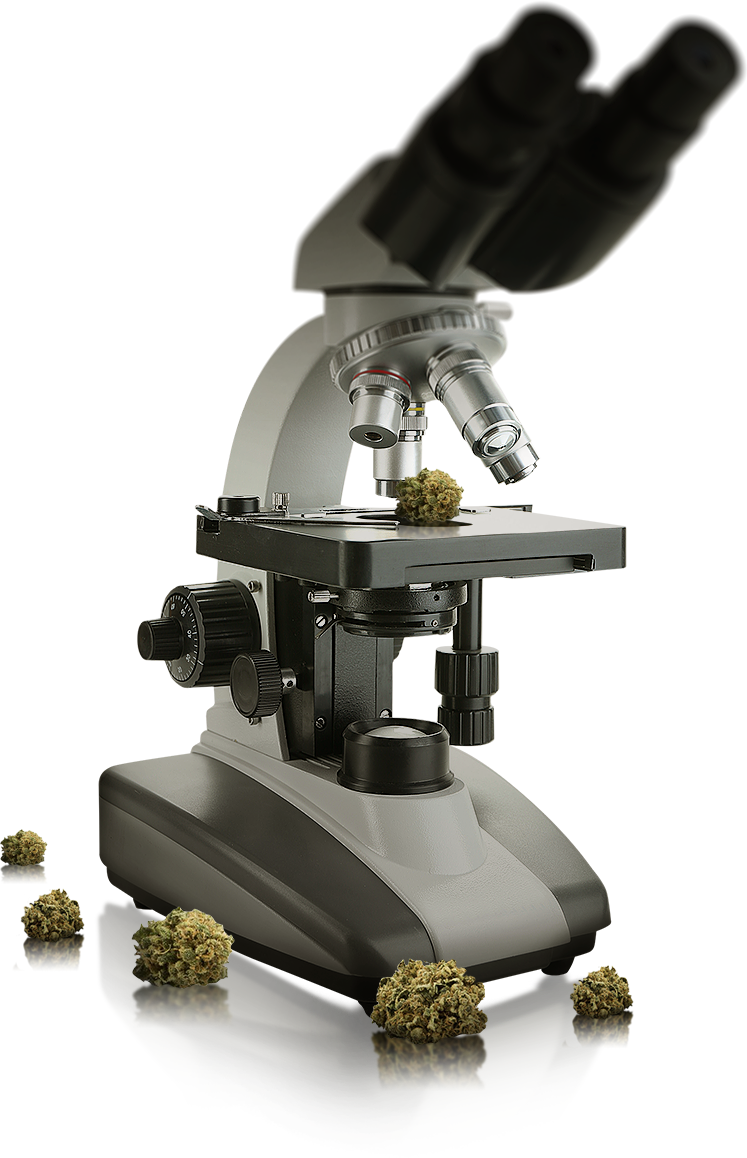
CBD is one of the hundred types of cannabinoids found in cannabis. It is currently widely used in pharmaceutical, cosmetic and food industries.
Cannabinoids are compounds, which not only occur in the plant cannabis, but are also found in breast milk. Among the most important of these are tetrahydrocannabinol (THC), cannabidiol (CBD), cannabinol (CBN), cannabichromene (CBC) and lastly cannabigerol (CBG). The system of their use by living organisms is called the cannabinoid system.
The cannabinoid system has a key influence on a whole range of life functions anywhere from reproduction to food intake. Through this system, the active components of cannabis, or cannabinoids, react with the biological system of your body, which in an important way regulates our physiology, mood, feeling of pain, appetite and takes part in the homeostasis, which is the balance of body functions. This system consists of two main cell receptors CB1 and CB2.
CB1 Receptors are primarily found in the brain, nervous system, connective tissues, genital and other glands and organs, whereas the CB2 receptors are mainly located in the immune system and other peripheral structures. The “keys” to these receptors, which cause various effects in our body, are the cannabinoids which the human body produces itself or which we get into our body in various forms of cannabis use.
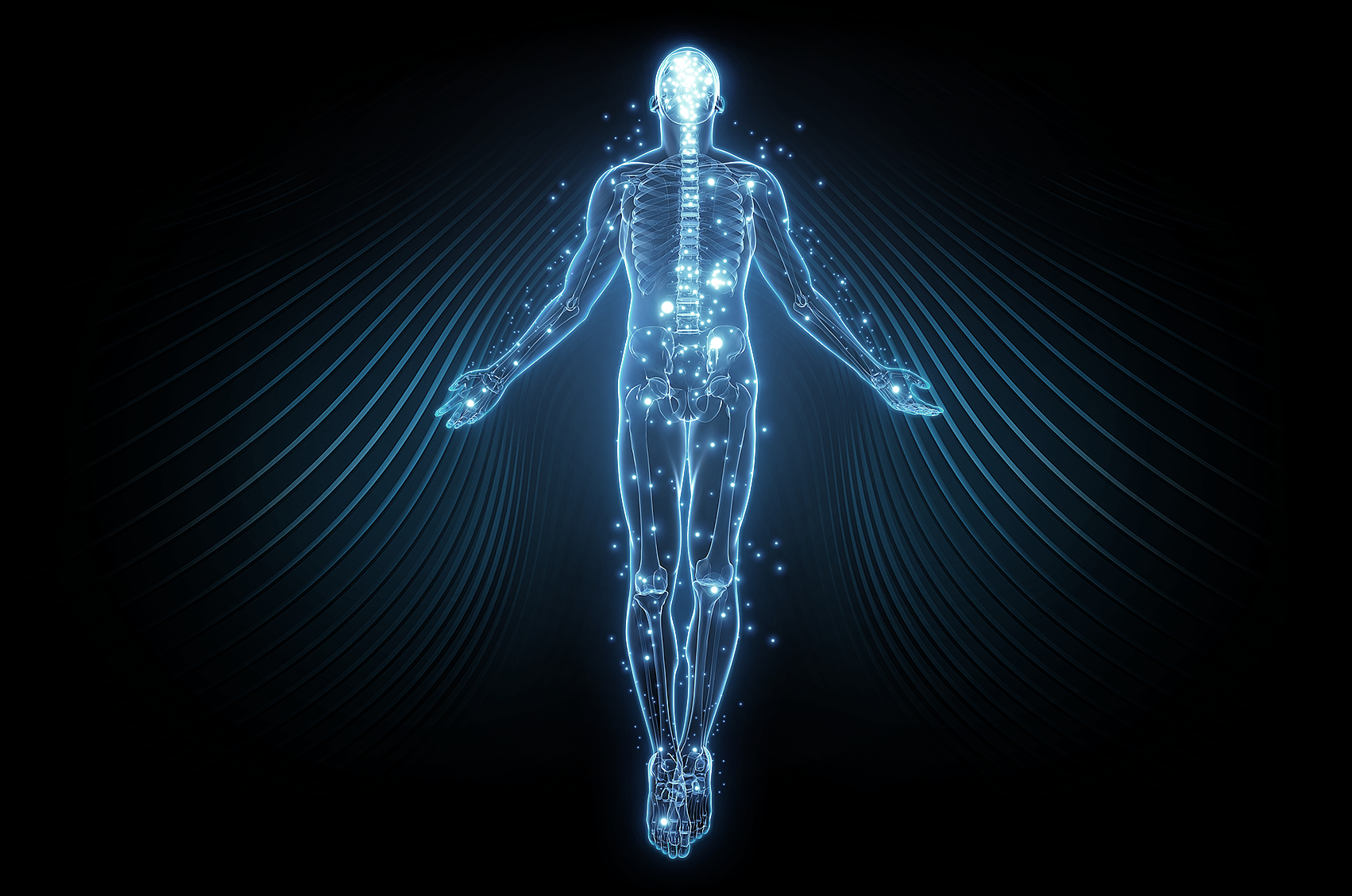
8 most common ways to use CBD are vaporizing and smoking cannabis flowers, consumption of CBD oils, food and supplements in the form of capsules, tinctures, cosmetic products and isolated CBD in the form of powders or crystals. Each of these forms of use has a different usability for the human organism. The best way to get as much CBD into the body as possible is vaporization, the reason being that in this way our body will use up to 80% of the total CBD content. But the usability gradually decreases. With oils and tinctures the total use of content is around 50%, with smoking it's around 30%, consumption of food is 5-20% and cosmetic products 5-10%. Each form of use has its own benefits.
The ideal form of use is smoking and vaporizing the cannabis flowers, not only for their great range of use, but also because, together with CBD the human body receives many other cannabinoids and medicinal terpenes, which the cannabis contains. They work best combined together with the joint synergy, also known as the “entourage effect”. CBD oils, tinctures, dietary supplements and isolated CBD in powder or crystal form are considered perfect for their simple dosage, but they are products which contain only pure CBD without other beneficial cannabinoids and terpenes like in cannabis flowers. With cosmetic products, you can precisely target the affected area which is in need of treatment.
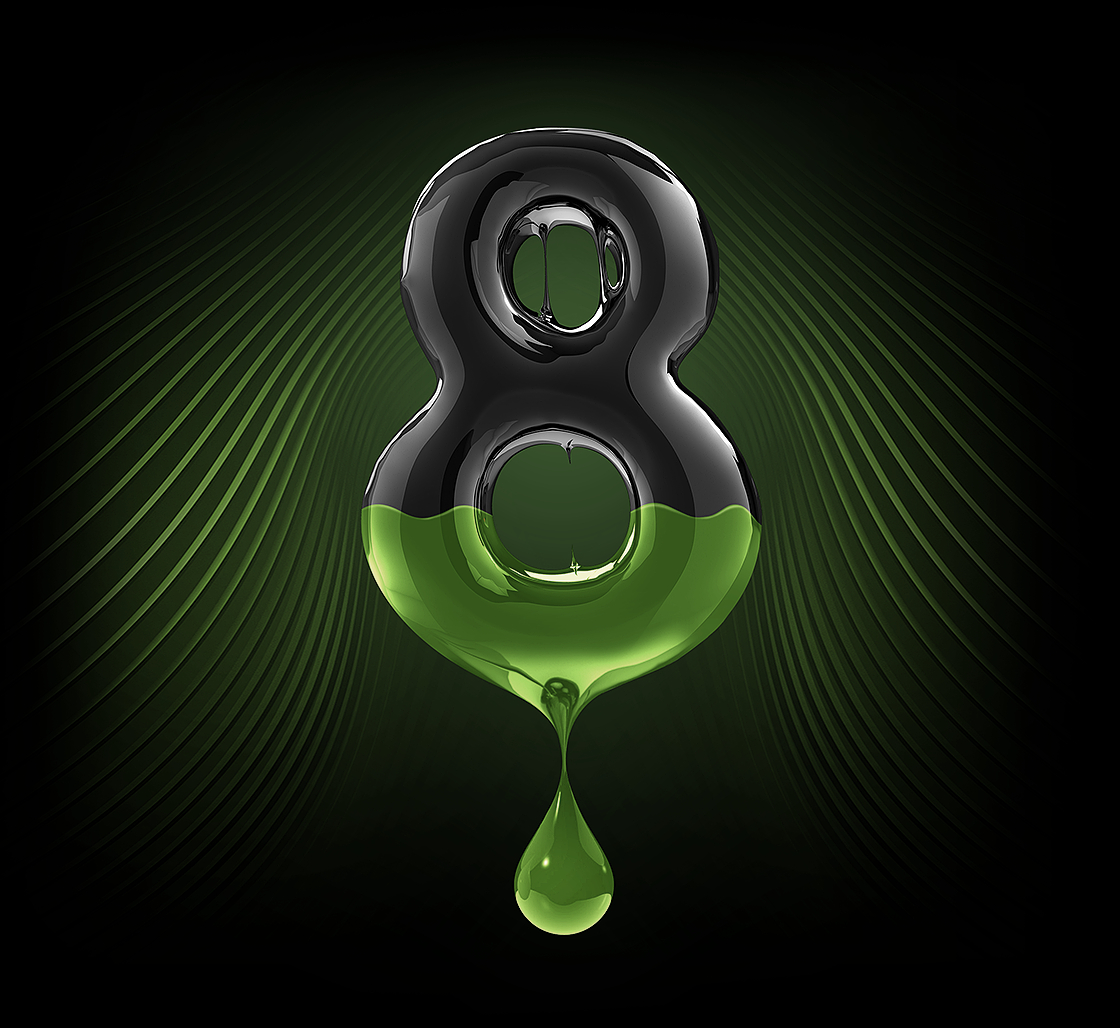
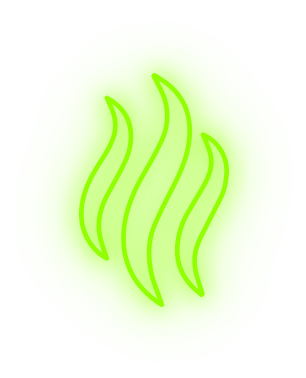

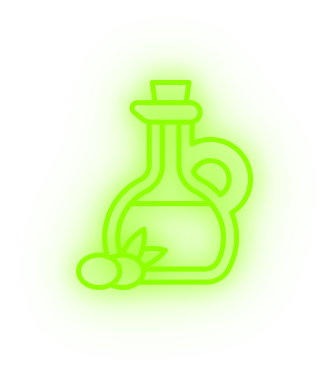
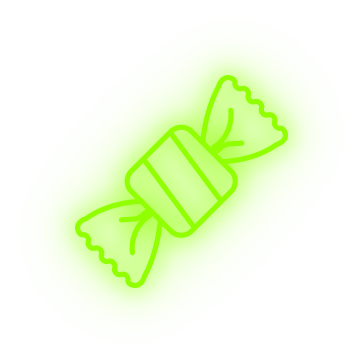

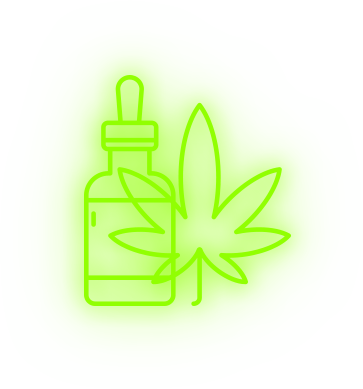

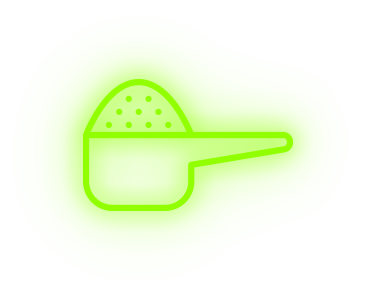
In the past, the main focus was on the effectiveness of cannabinoids for the treatment of chronic pain and nervous system disorders. Now, scientists are investigating their effects in the treatment of cancer and illnesses related to the immune system. The most crucial being rheumatoid arthritis, diabetes, psoriasis, multiple sclerosis, etc. Cannabinoids also have antioxidant and neuroprotective properties used in providing relief during the course of Parkinson's and Alzheimer's diseases.
There's also great potential in the possibility of using cannabinoids in the treatment of alcoholic and drug addiction, depression, post-traumatic stress disorder, Crohn's disease or schizophrenia. Studies show that cannabinoids can slow down the development of cancerous cells, prevent the formation of new cancer cells and even kill the existing ones.
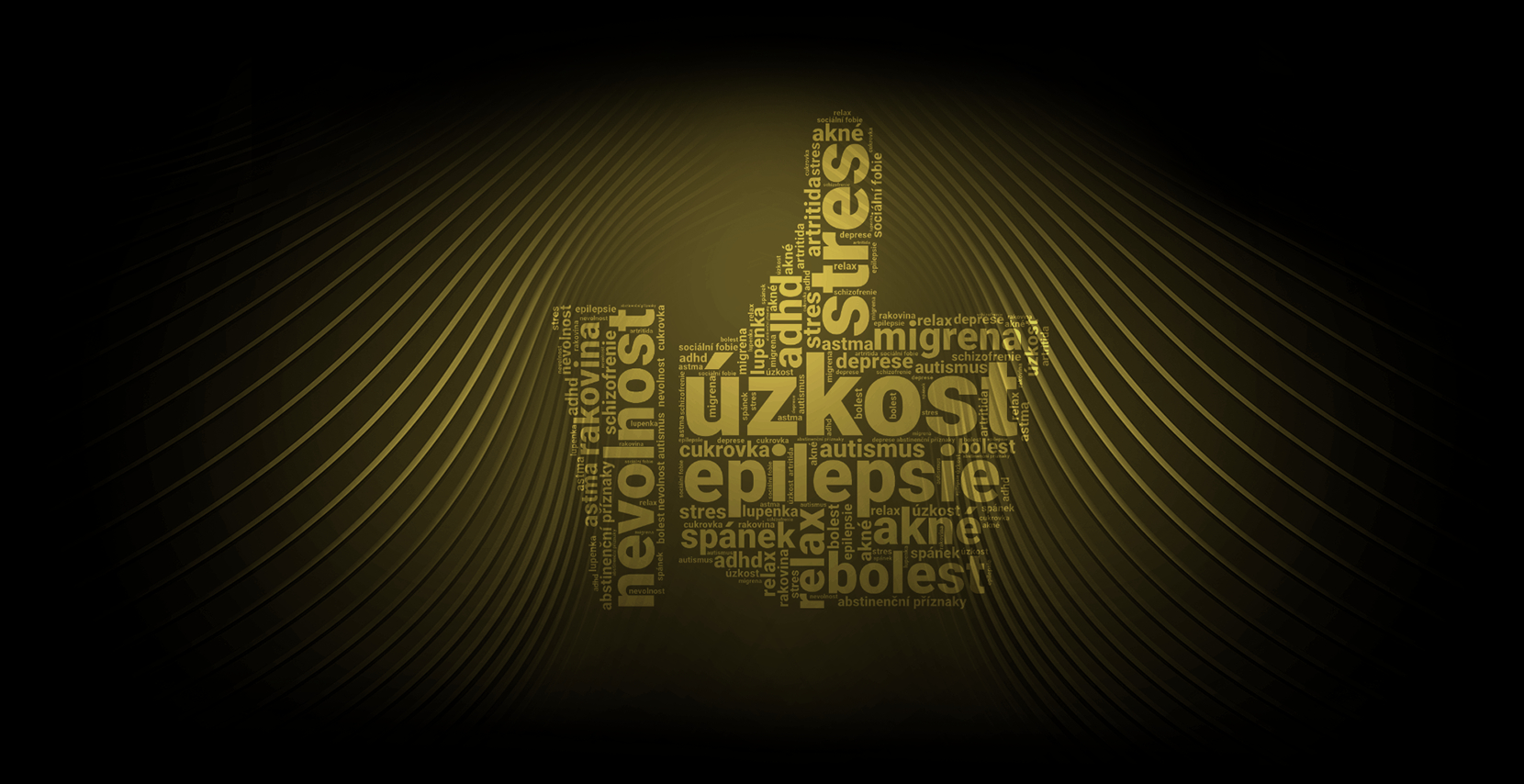
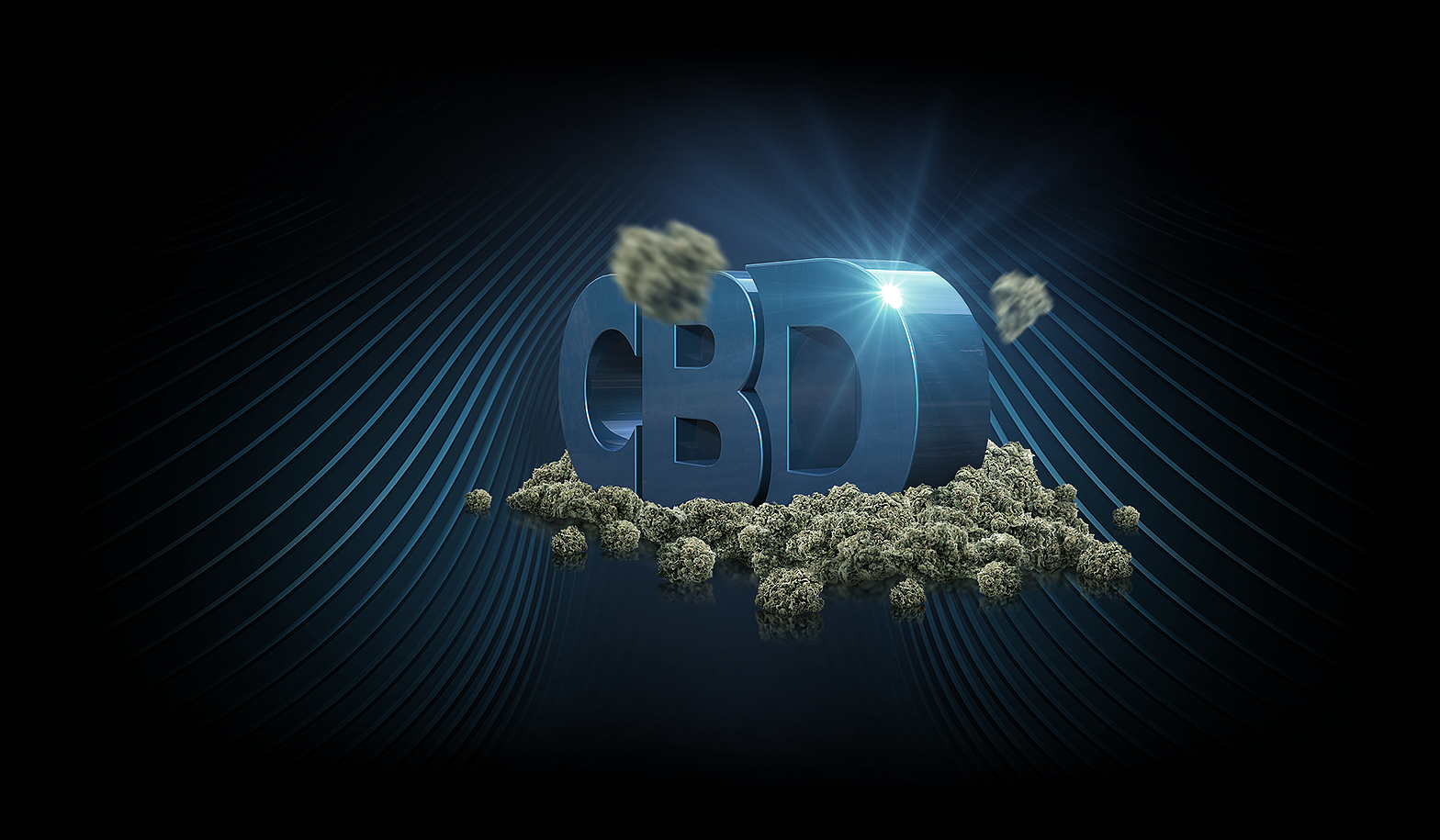
In this article, we tried to outline the most important facts about CBD, but the complex issues are much more extensive, which is why we will regularly prepare news articles from the wide world of CBD for you on our blog, where we will discuss individual topics in more detail.